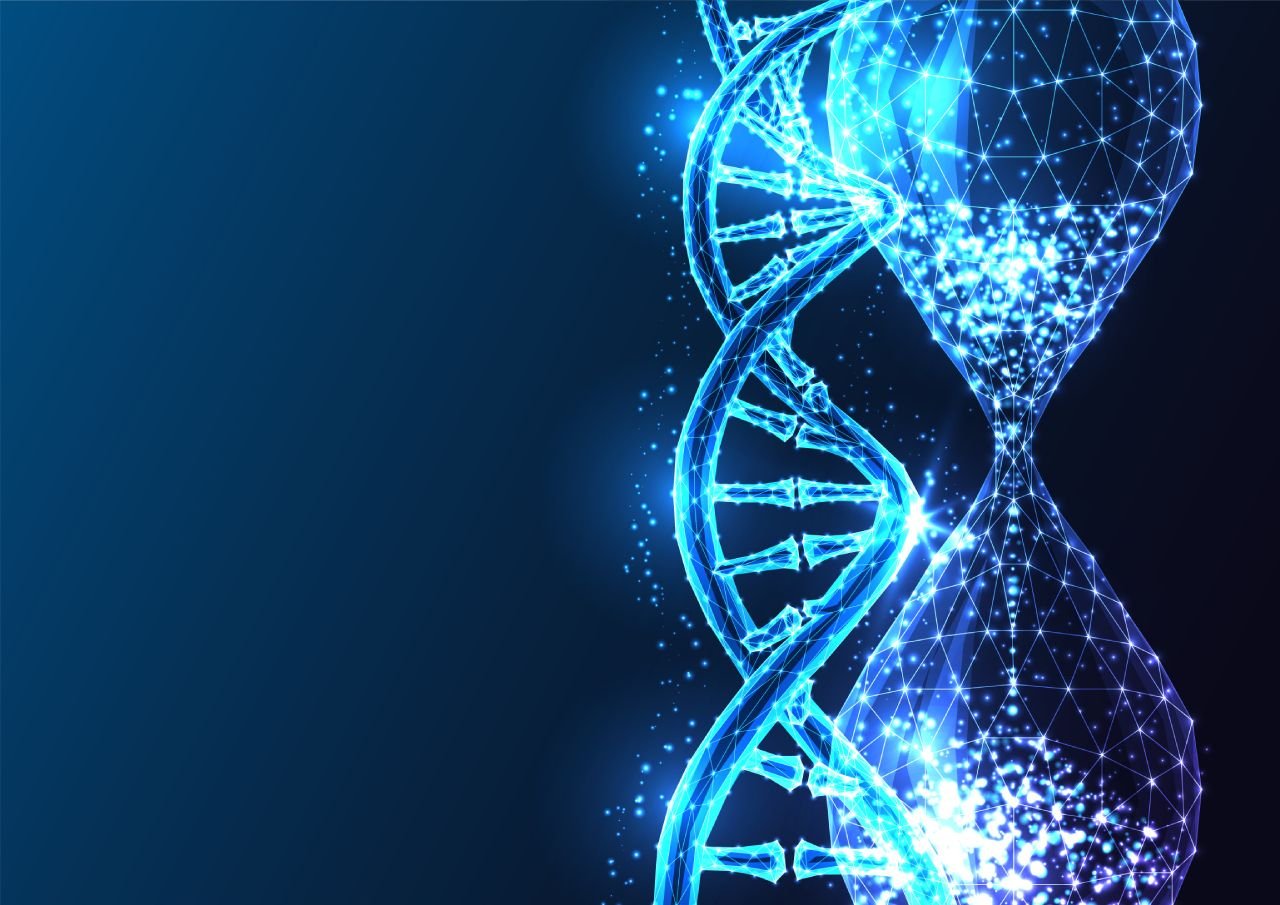The human desire to live longer, healthier lives is as old as civilization itself. Today, this ancient quest is being driven by a new era of scientific discovery. Longevity and anti-aging science is no longer the stuff of folklore or science fiction; it is a serious, rapidly evolving field of study that seeks to understand the fundamental mechanisms of aging and develop interventions to slow, stop, or even reverse them. By combining insights from genetics, molecular biology, and technology, researchers are unlocking the secrets of a longer, more vibrant life. This comprehensive article will explore the core scientific principles of aging, the most promising research and interventions, and the ethical and societal questions that come with the ability to extend human lifespan. We are on the cusp of a revolution that could redefine what it means to grow old.
The Science Behind Longevity

To fight aging, we must first understand it. Scientists have identified a set of biological processes, often referred to as the “hallmarks of aging,” that contribute to the decline of our bodies over time. These hallmarks are the key targets for modern anti-aging research.
A. Genomic Instability: Our DNA is constantly being damaged by environmental factors and cellular processes. While our bodies have repair mechanisms, they become less efficient over time. This leads to an accumulation of genetic mutations, which can cause cells to malfunction and contribute to diseases like cancer.
B. Telomere Attrition: Telomeres are protective caps at the ends of our chromosomes that shorten each time a cell divides. When telomeres become too short, the cell can no longer divide and enters a state of senescence, or cellular aging. This process is a major factor in the aging of our tissues and organs.
C. Epigenetic Alterations: The epigenome is a layer of chemical tags on our DNA that controls which genes are turned on or off. Over time, these tags can become disorganized, leading to a loss of proper gene function and contributing to the aging process.
D. Loss of Proteostasis: This refers to our cells’ inability to maintain a healthy balance of proteins. As we age, our cells become less efficient at producing new proteins and clearing out damaged ones. This can lead to the buildup of toxic protein aggregates, which are linked to neurodegenerative diseases like Alzheimer’s and Parkinson’s.
E. Deregulated Nutrient Sensing: Our bodies have pathways that sense the availability of nutrients and regulate growth and metabolism. As we age, these pathways can become imbalanced, leading to metabolic diseases like type 2 diabetes.
F. Mitochondrial Dysfunction: Mitochondria are the powerhouses of our cells, responsible for generating energy. With age, mitochondria become less efficient and produce more damaging free radicals, which can harm other cellular components.
G. Cellular Senescence: Senescent cells are old, damaged cells that stop dividing but do not die. They accumulate in our tissues and secrete inflammatory molecules that harm neighboring healthy cells, contributing to chronic inflammation and a variety of age-related diseases.
H. Stem Cell Exhaustion: Stem cells are essential for repairing and regenerating our tissues. As we age, the number and functionality of our stem cells decline, leading to a reduced ability to heal and maintain our bodies.
I. Altered Intercellular Communication: The communication between our cells and tissues becomes less efficient with age. This can lead to chronic inflammation, a key driver of many age-related diseases, and a breakdown in the body’s ability to coordinate its functions.
Promising Research and Interventions
Understanding the hallmarks of aging is the first step; developing targeted interventions is the next. Scientists are exploring a wide range of strategies to combat these processes and extend both lifespan and “healthspan”—the number of years we live in good health.
A. Calorie Restriction and Fasting: One of the most well-studied interventions is calorie restriction, which involves significantly reducing calorie intake without causing malnutrition. Studies in various organisms, from yeast to primates, have shown that this can dramatically extend lifespan. Intermittent fasting, a more practical approach, has also shown promising results in improving metabolic health and cellular repair mechanisms.
B. Senolytics: These are a class of drugs that selectively kill senescent cells. By clearing out these “zombie” cells, senolytics can reduce chronic inflammation and improve tissue function. While still in early clinical trials, this approach holds immense promise for treating age-related diseases.
C. Stem Cell Therapy: By replenishing the body’s declining stem cell population, therapy aims to restore its ability to repair and regenerate tissues. This is being explored for a variety of conditions, from heart disease to joint degeneration. The challenge is in safely and effectively delivering these cells to the right locations.
D. Gene and Epigenetic Therapy: Researchers are developing ways to edit genes or modify epigenetic tags to correct age-related dysfunctions. This is a highly targeted approach that could one day be used to restore gene expression to a more youthful state. CRISPR-Cas9, a powerful gene-editing tool, is at the forefront of this research.
E. Nootropic and Anti-inflammatory Supplements: While not a cure for aging, certain supplements are being explored for their potential to support cognitive function and reduce inflammation. Nootropics, or “smart drugs,” are aimed at improving brain health, while anti-inflammatory compounds can help combat the chronic inflammation that is a hallmark of aging.
F. Metformin and Rapamycin: These are two existing drugs that have shown potential to extend lifespan in some animal models. Metformin, a diabetes drug, works by improving metabolic health, while Rapamycin, an immunosuppressant, works by mimicking the effects of calorie restriction. Both are being studied for their anti-aging properties.
G. Blood Plasma Treatments: A more controversial area of research involves “young blood” transfusions. Studies in mice have shown that transfusing blood from young mice to old mice can rejuvenate tissues and improve health. This has led to human trials, though the science is still in its infancy and raises ethical questions.
H. Lifestyle Interventions: Beyond pharmaceuticals, the simplest and most accessible anti-aging strategies are still the most effective. A healthy diet, regular exercise, adequate sleep, and stress reduction have all been scientifically proven to slow the aging process and extend healthspan.
The Ethical and Societal Implications
The ability to significantly extend human lifespan is not just a scientific question; it is a profound societal one. As we get closer to making this a reality, we must grapple with a host of complex ethical and social issues.
A. Social and Economic Inequality: If longevity treatments are expensive and only accessible to the wealthy, it could exacerbate existing social inequalities. A two-tiered society of long-lived rich and short-lived poor would be a deeply destabilizing and unjust outcome.
B. Overpopulation and Resource Strain: A longer-lived population would put a strain on global resources, including food, water, and energy. We would need to fundamentally rethink our economic models and our approach to sustainability.
C. Generational Conflict: A longer-lived population could lead to a generational gridlock, with older generations retaining power and resources, making it difficult for younger generations to advance. This could lead to social and political instability.
D. The Meaning of Life and Death: If we can live for centuries, how will this change our relationship with life and death? Will the sense of urgency that motivates us to accomplish things in a limited time fade away? How will we find purpose in a potentially endless existence?
E. The Ethics of Genetic Engineering: As we explore gene therapies to combat aging, we must consider the ethics of “designer babies.” Where do we draw the line between treating disease and enhancing human capabilities? Who gets to decide what is “better”?
The Future of Longevity Science
The future of longevity science will not be a single magic pill but a holistic, personalized approach. It will be a world where our health is actively managed from a young age, with interventions tailored to our unique biological needs.
First, predictive health analytics will become a standard part of life. By analyzing our genetic data, lifestyle, and wearable sensor data, AI will be able to predict our risk for age-related diseases and recommend proactive interventions long before symptoms appear.
Second, the line between medicine and technology will disappear. Our health will be monitored by a network of smart devices and sensors, and our medical care will be managed by a team of human doctors and AI assistants.
Third, we will move from a reactive healthcare model (treating sickness) to a proactive wellness model. The goal will be to maintain a state of optimal health throughout our lives, not just to fix things when they break.
Finally, longevity science will be about more than just extending lifespan; it will be about extending healthspan. The ultimate goal is not to live forever, but to live a long, healthy, and vibrant life free from age-related diseases, allowing us to be active and engaged until the very end. The journey is long and complex, but the potential is immense. We are entering a new era where we can take control of our aging process and redefine the human experience.
Conclusion
The field of longevity and anti-aging science represents one of the most exciting and profound frontiers of modern research. By systematically dismantling the biological processes of aging, scientists are paving the way for a future where a long, healthy life is not a matter of luck but a matter of science. From groundbreaking interventions like senolytics and gene therapy to the fundamental power of a healthy lifestyle, we are gaining the tools to combat the decline that was once considered inevitable.
However, as we embark on this journey, we must do so with a clear understanding of the immense ethical and societal challenges that lie ahead. The promise of a longer life comes with the responsibility to ensure that these advancements are accessible, equitable, and used for the betterment of all humanity. The future of longevity is not just a scientific question; it is a question of what kind of world we want to live in. It’s a world where we can not only extend our years but also fill them with purpose, health, and vitality. The quest for youth is no longer a search for a mythical fountain; it is a journey into the depths of our own biology, a journey that could fundamentally change the human story. The revolution has begun, and it promises to redefine our relationship with time, health, and ourselves.








Discussion about this post